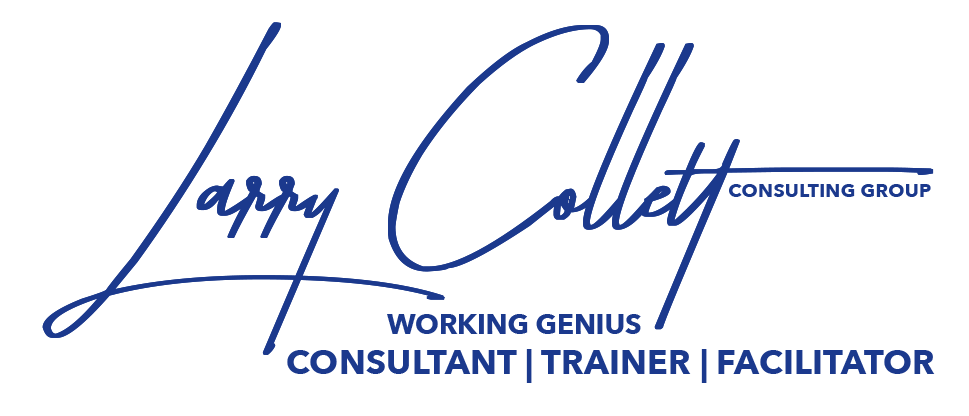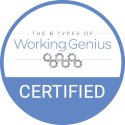Understanding the Basics of Artificial Intelligence
Introduction to Artificial Intelligence
Artificial intelligence, often referred to as AI, is a field of computer science that aims to create machines capable of intelligent and autonomous decision-making. These systems are designed to mimic cognitive functions such as learning, problem-solving, perception, and decision-making that are typically associated with human intelligence. AI has the potential to revolutionize various industries by automating tasks, improving efficiency, and enabling new possibilities.
Key Concepts in Artificial Intelligence
One of the fundamental concepts in artificial intelligence is machine learning, which involves training computer systems to learn from data and improve their performance over time without being explicitly programmed. Another important concept is neural networks, which are systems inspired by the human brain and capable of pattern recognition. Natural language processing (NLP) allows computers to understand and generate human language, while computer vision enables machines to interpret and analyze visual information.
Ethical Considerations in Artificial Intelligence
As artificial intelligence becomes more prevalent in society, ethical considerations around its use are gaining importance. Issues such as bias in machine learning algorithms, data privacy, job displacement due to automation, and the potential misuse of AI for malicious purposes need to be addressed. It is crucial for organizations and policymakers to develop ethical guidelines and regulations to ensure the responsible and beneficial use of AI in the future workplace.
AI’s Influence on Job Roles and Tasks
Shift in Job Responsibilities
Artificial intelligence has significantly influenced job roles and tasks by reshaping the responsibilities of employees across various industries. With the automation of routine tasks, employees now have more time to focus on higher-value activities that require complex problem-solving and critical thinking skills. This shift has led to the evolution of job roles, with many employees now taking on more strategic, creative, and innovative tasks within their organizations.
Creation of New Job Roles
The integration of artificial intelligence in the workplace has also resulted in the creation of new job roles that did not exist previously. These roles are often focused on managing and optimizing AI systems, analyzing data generated by AI algorithms, and developing new AI technologies. Additionally, there is a growing demand for professionals with expertise in areas such as machine learning, data science, and artificial intelligence ethics, highlighting the need for upskilling and reskilling in the workforce.
Collaboration Between Humans and AI
One of the key impacts of artificial intelligence on job roles and tasks is the increased collaboration between humans and AI technologies. Rather than replacing human workers, AI is often used to augment human capabilities, enabling employees to make more informed decisions and improve productivity. This collaboration has led to a more dynamic and innovative work environment, where humans and AI systems work together to achieve common goals and drive organizational success.
Challenges and Opportunities of AI Integration
Overcoming Challenges
One of the main challenges of integrating AI into the future workplace is the fear of job displacement. Many employees worry that AI technology will replace their roles, leading to unemployment. Companies must focus on retraining and upskilling employees to work alongside AI rather than being replaced by it.
Ensuring Ethical AI Use
Another challenge is the ethical use of AI in the workplace. Issues such as privacy, bias, and data security need to be carefully managed to prevent negative consequences. Companies must have clear guidelines and regulations in place to ensure that AI technologies are used responsibly.
Seizing Opportunities
Despite these challenges, integrating AI into the workplace also presents numerous opportunities. AI can streamline business processes, increase efficiency, and enhance decision-making. By leveraging AI technology, companies can gain a competitive edge and deliver better products and services to customers.
Preparing for AI-Driven Transformations
Assessing Current Skills and Roles
Before embarking on an AI-driven transformation journey, it is crucial for organizations to assess the current skills and roles within their workforce. This involves identifying areas where AI can augment human capabilities and where new skills may be necessary to work alongside AI systems.
Implementing Training and Upskilling Programs
To successfully integrate AI into the workplace, companies need to invest in training and upskilling programs for employees. These programs should focus on developing expertise in areas such as data analysis, machine learning, and collaboration with AI technologies.
Creating a Culture of Continuous Learning
Building a culture that prioritizes continuous learning and adaptation is essential for organizations looking to leverage AI technologies effectively. Encouraging employees to embrace new challenges and acquire new skills will be crucial in navigating the evolving landscape of the future workplace.
Human-AI Collaboration in the Workforce
Enhancing Task Efficiency
One of the key benefits of human-AI collaboration in the workforce is the enhancement of task efficiency. AI technologies can automate repetitive and time-consuming tasks, allowing human employees to focus on more strategic and complex tasks that require creativity and critical thinking.
Improving Decision-Making
AI systems can analyze vast amounts of data at a speed and scale that is impossible for humans to achieve. By working together with AI, employees can make more informed decisions based on data-driven insights and predictions, leading to better outcomes for the organization.
Fostering Innovation
Collaboration between humans and AI can foster innovation within an organization. AI technologies can assist in identifying patterns or opportunities that humans may overlook, sparking new ideas and approaches. This partnership can lead to the development of innovative products, services, and solutions that drive competitive advantage in the market.


